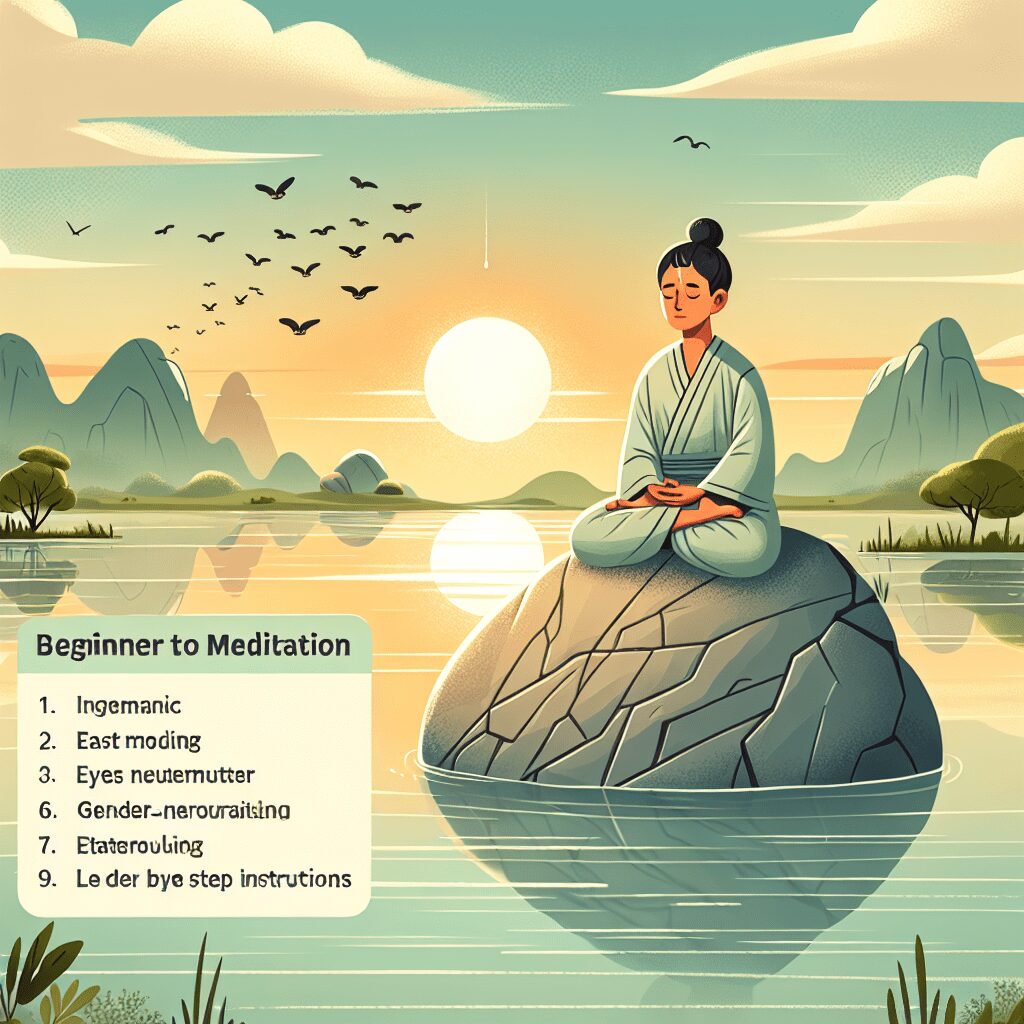
Prioritize your mental well-being daily. Enhance your life by nurturing your mental health with the Smart Meditation app. Break free from stress, alleviate anxiety, and enhance your sleep quality starting today.
How To Properly Do Anapanasati Meditation?
The Art of Anapanasati Meditation: A Step-by-Step Guide
Anapanasati, the mindfulness of breathing, is an age-old technique that traces its roots back to the teachings of Buddha. It’s a form of meditation that’s both simple and profound, revolving around the natural process of breathing. Mastering Anapanasati can be a gateway to deeper mindfulness, enhanced focus, and a tranquil mind. So, how does one embark on this path of serene introspection? Buckle up, as we dive into the nuts and bolts of doing Anapanasati meditation right.
Laying the Foundations: Getting Started
Before jumping straight into the practice, it’s crucial to set the stage for a fruitful session. Here’s a quick rundown to get the ball rolling:
- Find Your Spot: Opt for a quiet and comfortable place where you won’t be disturbed. The setting plays a pivotal role in tuning your mind to a meditative state.
- Posture Matters: Sit with your back straight, yet not stiff. Whether you’re on a cushion on the floor or in a chair, what counts is maintaining a natural spine curvature. This isn’t just about comfort; it’s about facilitating the smooth flow of breath.
- Set the Time: Especially for beginners, starting with 5 to 10 minutes is a wise move. As you get the hang of it, gradually increase the duration.
The Core Steps: Diving Into Anapanasati
With the preliminaries out of the way, it’s time to get down to brass tacks. Follow these steps to practice Anapanasati like a pro:
-
Focus on the Breath: Close your eyes gently. Bring your attention to the sensation of breathing. Notice the air moving in and out of your nostrils or the rise and fall of your abdomen. This simple act is the cornerstone of Anapanasati.
-
Be a Passive Observer: Here’s where many stumble – trying to control the breath. Your job is not to manipulate it but to witness it. If your breaths are short, let them be short. If they’re long, so be it. Your role? Merely to observe.
-
Mind Wanders? No Problem!: It’s a given that your mind will wander off to yesterday’s dinner or tomorrow’s meeting. That’s what minds do. The trick lies in gently ushering your focus back to the breath, without self-criticism.
-
Dialing Down the Inner Chatter: As you delve deeper into the practice, you’ll notice the inner chatter beginning to quiet down. This doesn’t happen overnight, but gradually, the stillness takes over, paving the way for a more profound meditative experience.
-
Ending the Session: When your timer signals the end, don’t jolt back to reality. Take a moment to slowly open your eyes. Give yourself a minute to absorb the tranquility before getting up.
Wrapping It Up with a Bow
Remember, Anapanasati is a journey, not a destination. It requires patience, persistence, and yes, a dollop of self-compassion. There might be days when the mind refuses to quiet down, and that’s perfectly okay. The key is to keep at it, day after day.
As you tread this path, you’ll notice subtle shifts – perhaps a heightened awareness of the present moment, or a newfound calm in the face of chaos. These are the gems tucked away in the folds of Anapanasati meditation.
So, why not give it a whirl? After all, in the bustling world we inhabit, carving out a sliver of tranquility might just be the panacea we all need.





